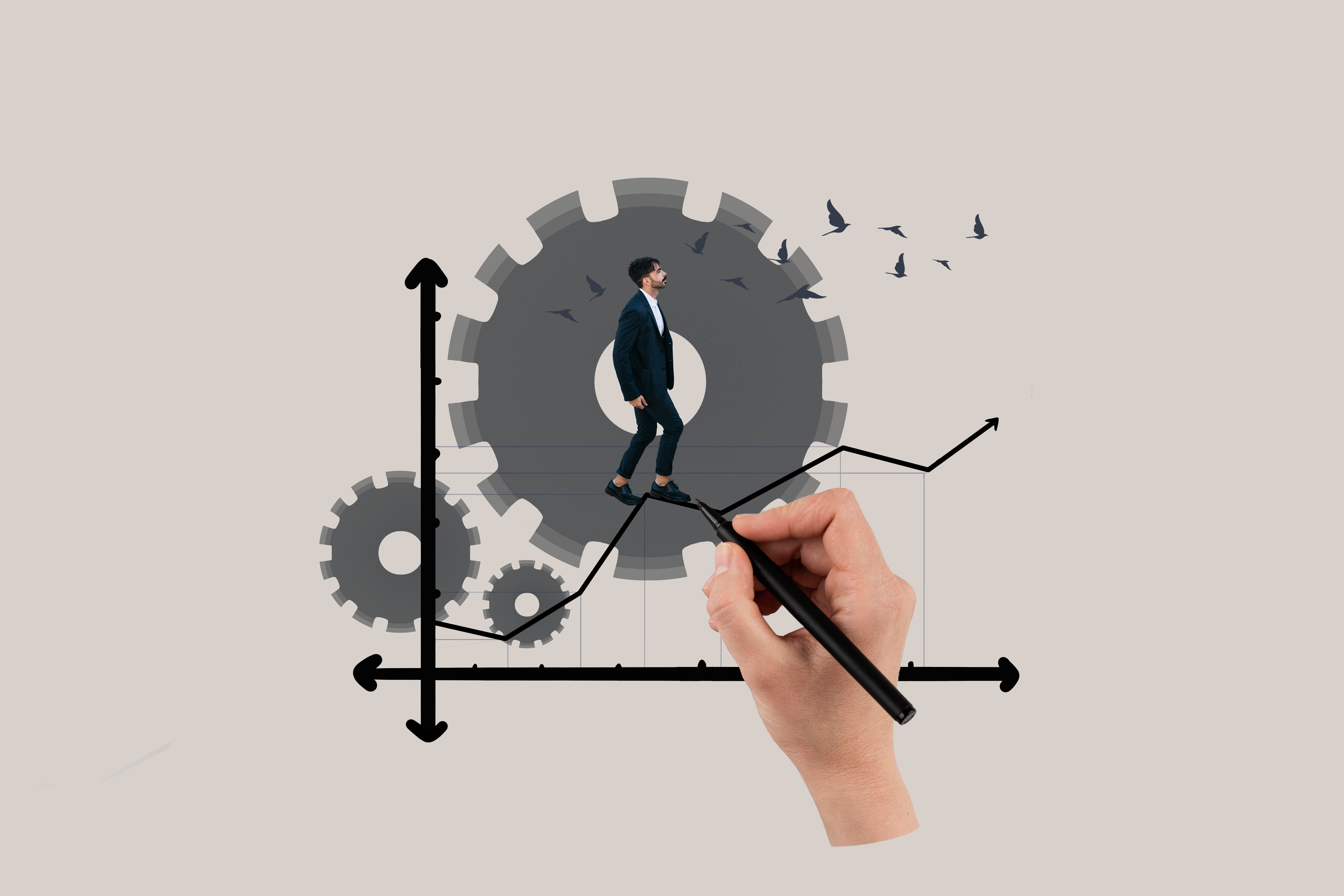- October 12, 2020
- Social Media
In the case of ‘Zoom Culture’, it has been noted that people are beginning to recognize a new phenomenon: tiredness, anxiety, or worry resulting from overusing virtual videoconferencing platforms—something researchers and journalists have begun calling ‘Zoom fatigue’.
Have you begun to dread the start of another video call? Do you also wait to press the ‘Leave’ button? Well, welcome to the club.
Many companies such as Uber, Microsoft, Google, Facebook, Twitter, Amazon and others have allowed their employees to work from home till January 2021 and even later depending on the state of the pandemic. Google has allowed their employees to work from home (WFH) through June 2021. WFH has been the new normal for quite some time now, and words such as Zoom, Google meet and Microsoft Teams have taken over our daily conversations along with other aspects (professional, personal, social) of our lives.
People have shifted their lives online due to the pandemic and stay at home orders. There is no doubt about the fact that the use of videoconferencing programs has increased exponentially and reports have shown that while only 10 million people attended meetings on Zoom at the end of 2019, by April 2020 the usage had exploded to 300 million (Wielderhold, 2020). Even though ‘zoom’ and the likes of it have come as a savior to replicate the offline work culture (as far as possible) to the online mode, it is safe to say that they have come with their fair share of challenges. The pros and cons of every usage should be smartly gauged so that the pros can be maximized and the cons minimized. Experts have noted that increased screen time has led to problems such as: sore eyes, double vision, blurring, headaches (migraine), excessive tearing or blinking, which is known as the ‘computer vision syndrome’ and it is at an all-time high now (Stephanie, 2020).
In the case of ‘Zoom Culture’, it has been noted that people are beginning to recognize a new phenomenon: tiredness, anxiety, or worry resulting from overusing virtual videoconferencing platforms—something researchers and journalists have begun calling ‘Zoom fatigue’. The thought of another zoom call is enough to make people anxious now! According to Petriglieri (an associate professor at Insead, who explores sustainable learning and development in the workplace), there is a lot of effort required in Video chats because people don’t just see and hear but also process non-verbal cues like facial expressions, the tone, pitch of the voice, and body language. The problem of synchronicity is very high in the online mode as people process information at different speed. Wielderhold says, when the video is on people feel like they are on stage and being watched and scrutinized by others, which is anxiety inducing in itself. The larger the meetings in zoom call, the more performative it is for the participants. It feels like letting strangers in your personal space, almost like an encroachment. Petriglieri says, the structure of larger meetings are very depersonalizing in nature, because one feels like they have no power over themselves and this is one of the many reasons why zoom like meetings take a severe mental toll on individuals. A study done in 2014 study by German academics showed that delays on phone or conferencing systems shaped our views of people negatively, even delays of 1.2 seconds make people perceive the responder as inattentive or unfriendly.
Shuffler (an associate professor at Clemson University, who studies workplace wellbeing and teamwork effectiveness) suggests shared files with clear notes can be a better option that avoids information overload. She further says, it is important to check up on one another and know how the other person is doing before officially starting the meeting. In this way one can keep themselves connected and it also helps maintain trust thereby reducing fatigue and concern. The human nature of meetings should be maintained as far as possible. It is also important that people take breaks between video meetings by engaging in some form of stretching, having a drink or doing a bit of exercise, as per expert’s suggestions.
It is very important to form boundaries and have one’s own periods of transitions. Since we have meetings to weddings online, it is important that the individual takes some time to switch and process the identity change while moving from professional to social personas. To prevent Zoom fatigue, the most important tip is to limit use of videoconferencing technology. One suggestion is to try staggering meetings with non-screen breaks in between. One might also suggest to other participants that during meetings everyone turn off their video feeds while not speaking in order to eliminate distraction and overstimulation. Either way, the key is to use moderation with all types of technology while enjoying the connection and interactivity it can bring. Changes in the ergonomics of the working environment, proper eye care, consideration and empathy will go a long way in helping one adapt to the new normal
Author: Moitrayee Das
Categories
Archive Post





